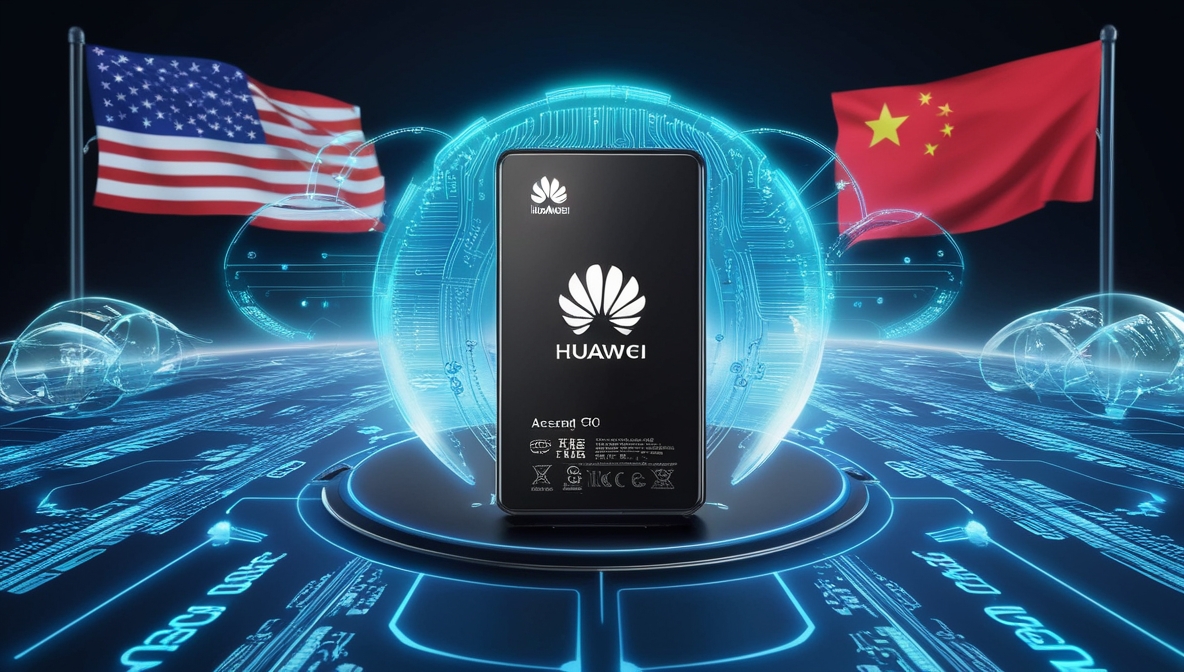The DeepSeek-R1 artificial intelligence model, hosted on Huawei’s ModelArts Studio platform, has ignited debates about its underlying hardware and training methods. While Huawei has not confirmed the chipsets powering the model, claims suggest the Ascend 910C GPU—a domestic alternative to Nvidia’s H800—is in use. This development highlights China’s push to circumvent U.S. semiconductor restrictions and underscores growing tensions in the global AI race.
Huawei’s Role in DeepSeek-R1 Deployment
Huawei’s ModelArts Studio platform, marketed as “Ascend-adapted,” reportedly hosts the distilled version of DeepSeek-R1. A promotional image shared by tipster Alexander Doria on X (formerly Twitter) indicates the platform relies on Huawei’s Ascend series chipsets. The Ascend 910C, speculated to power the model’s inference tasks, is seen as a response to U.S. export controls limiting China’s access to advanced Nvidia GPUs like the H800.
Key details remain undisclosed, including whether DeepSeek trained its model on the same infrastructure. Typically, AI models are optimized for the hardware they’re trained on, but adapting them to new chipsets can be time-intensive. Huawei’s ability to run DeepSeek-R1 efficiently on Ascend GPUs has led to speculation that the chipset played a role in its development.
Performance Trade-Offs and Technical Challenges
The Ascend 910C, while functional, faces performance gaps compared to Nvidia’s H800. Industry experts note trade-offs in processing speed and efficiency, raising questions about how DeepSeek achieved competitive results. The company claims its model was developed for just $6 million—a fraction of the cost typical for advanced AI systems—fueling skepticism about its methodologies.
| Chipset | Key Features | Limitations |
|---|---|---|
| Huawei Ascend 910C | Domestic alternative to H800, adapted for AI inference | Lower performance efficiency, higher latency |
| Nvidia H800 | High-speed processing, optimized for large models | Restricted for export to China since 2023 |
OpenAI Allegations and “Black Box” Concerns
OpenAI has accused DeepSeek of using its proprietary models to train DeepSeek-R1, though no evidence has been made public. DeepSeek’s decision to release only model weights—not datasets or training processes—has further shrouded the project in secrecy. Critics argue this “black box” approach undermines transparency, complicating efforts to verify its capabilities or ethical compliance.
U.S. Export Controls and China’s Adaptation
U.S. restrictions on AI chip exports aimed to curb China’s technological advancement but have inadvertently driven innovation. Firms like Huawei and DeepSeek are leveraging domestic solutions to bypass dependencies on foreign hardware. This mirrors Huawei’s resurgence post-sanctions, where it pivoted to self-reliant semiconductor development.
Jeffrey Ding, a researcher at George Washington University, notes that constraints often spur efficiency: “Export controls forced Chinese firms to innovate with limited resources, proving general-purpose technologies like AI cannot be contained.”
Implications for the AI Race
DeepSeek’s rise challenges assumptions about China’s reliance on Western tech. While U.S. policymakers debate tightening chip restrictions, experts warn such measures may accelerate China’s domestic capabilities. Former U.S. Representative Mark Kennedy suggests expanding oversight, but the cat-and-mouse dynamic persists.







